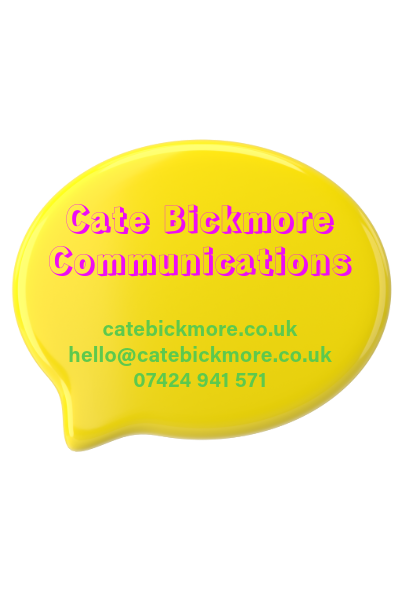
Being a freelance proofreader can ruin your lunch
I’ve been a freelance proofreader for well over a decade now, and was an in-house proofreader for long before that. It has left its mark on me. ‘How?’ I hear you ask. Well, let me tell you dear reader. I now flipping proofread everything, that’s how. And it’s quite annoying.
How it all began
Years ago, I was the editorial assistant on a countryside-interests magazine. As a suburban girl working with rural ideas (albeit in central London offices) I had to learn lots of new words and concepts, such as what a brace is, the use of covert vs. cover and what it really means to be well mounted (you can add your own joke there, if you like). Anyway, the unfamiliarity of all this meant I focused very hard when proofreading the pages deemed ready to print, and it took a while to become automatic.
But once proofreading became automatic, it became automatic all over the place. Waits on the platform at Oxford Circus were spent finding mis-spaced type and errant apostrophes in adverts. Packaging on everything from shampoo to spaghetti revealed poor grammar and inconsistent word choices. The margins on magazines varied where they shouldn’t have. The pull quote on a flyer was hyphenated where it shouldn’t have been. And that’s before we even start on the menus.
The proofreader and the menu: a love/hate relationship
In my experience, menus are the nemesis of a freelance proofreader everywhere. There is clearly no link between cooking skill and editorial ability – nor should there be. But the sheer volume and availability of food listings, and the fact that we all need to eat, makes them a playground for uptight proofreaders. Which, let’s face it, is most of us once we’re in work mode.
Gradually, I became aware of the references to potatoe salad and the cafés offering expresso coffee, giros, bao bun’s and beef burginion. I inwardly tutted at the grocer’s sign advertising cherry’s apple’s and pear’s. It got to the point that, if I wasn’t careful, I could easily spend more time proofing the menu than I did on eating my lunch.
Does a freelance proofreader have to be uptight?
If you think this all sounds unbearably prissy and uptight then you’re right – up to a point. I’ve always been aware that there’s precisely zero correlation between a writer’s moral righteousness and their correct/incorrect use of the apostrophe. I quite frequently edit genuinely fantastic books – far better than any fiction I could ever write myself – that need a fair chunk of help with the basics. It’s just that when you spend every working day getting into the nitty gritty of words, it can take a while to stand back and see the bigger picture.
I still do plenty of freelance proofreading and still automatically notice printed errors in my free time, though they tend to wash over me now. But let this be a warning to anybody considering a career in freelance proofreading, especially if they love food. If you don’t want to waste time considering whether an em dash should actually be an en dash, or on checking the correct spelling of bruschetta and whether there can ever be an apostrophe in a plural, it might be best to opt for another career.

Comments are closed